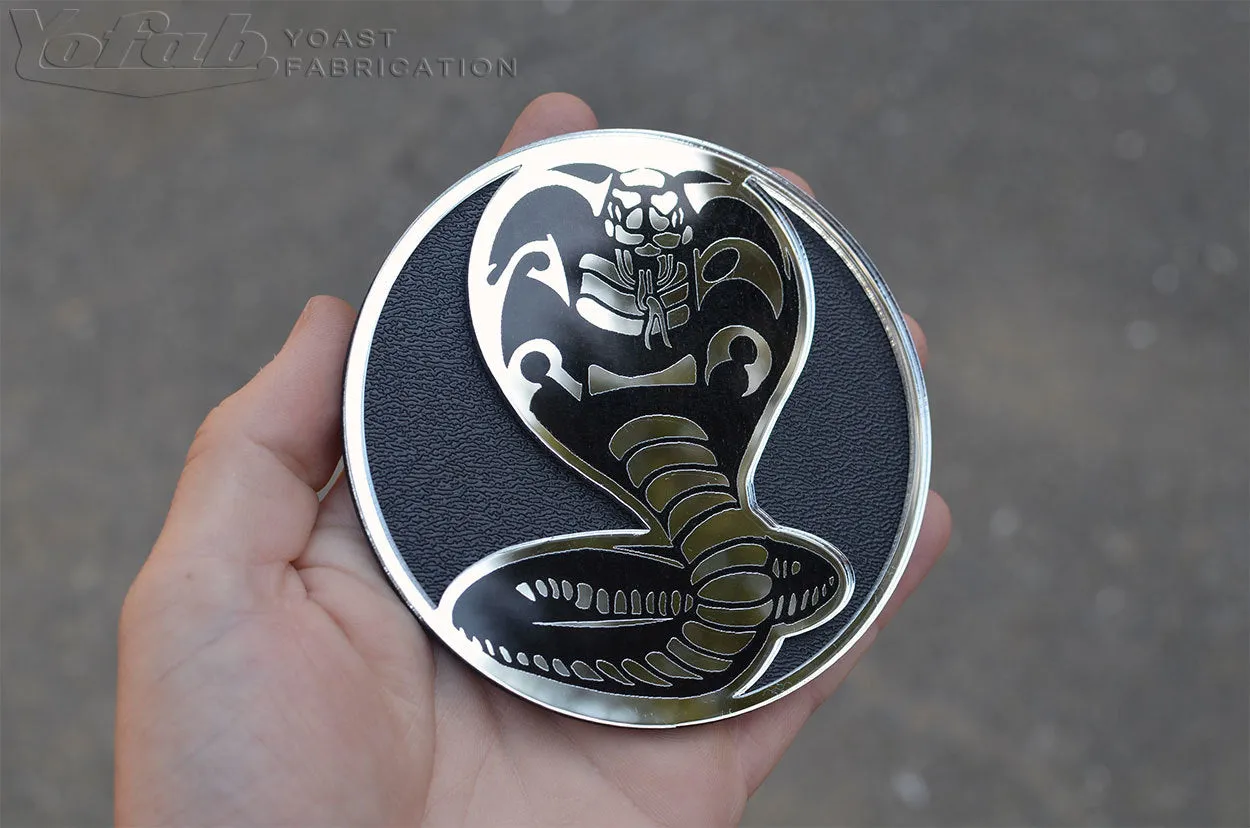What are Diecast Emblems
Diecast emblems are high-quality, durable badges or insignia created using the diecasting process. This method involves injecting molten metal into a mold under high pressure, allowing for intricate designs and precise detailing. These emblems are widely used across various industries for branding, identification, and decoration, offering a premium look and feel compared to other emblem types. Their ability to withstand harsh conditions and maintain their appearance over time makes them a preferred choice for manufacturers seeking lasting brand representation. From cars to appliances, these emblems provide a professional finish that enhances product value. The use of diecasting ensures the emblem’s longevity and aesthetic appeal, making it a valuable asset for any product.
Materials Used for Diecast Emblems
The choice of material is critical in diecast emblem production, influencing durability, appearance, and cost. Common materials include zinc alloys, aluminum alloys, and brass/copper alloys. Each material offers unique properties that cater to different application needs. These materials are selected based on their castability, strength, corrosion resistance, and ability to hold intricate details, ensuring that the final product meets the required specifications for quality and performance. Material selection also affects the finishing processes available, such as plating, painting, and polishing, which further enhance the emblem’s visual appeal and protection against environmental factors.
Zinc Alloys
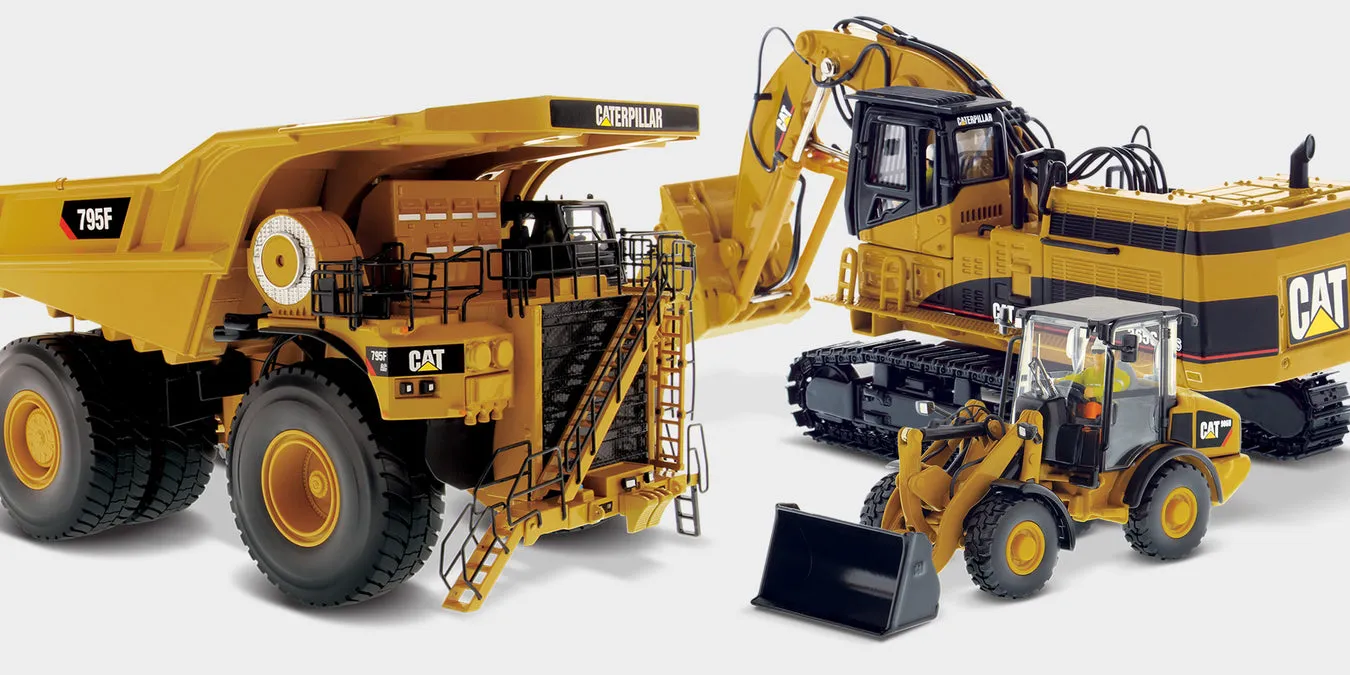
Zinc alloys are popular due to their excellent castability, allowing for complex designs with fine details. They offer good corrosion resistance and are relatively cost-effective, making them a versatile choice for various emblem applications. Zinc alloys also have a lower melting point compared to other metals, which reduces energy consumption during the diecasting process. This combination of properties makes zinc alloys a preferred option for many manufacturers looking for a balance between quality, durability, and cost-efficiency. Zinc emblems are also suitable for various finishing techniques, including plating and painting, increasing their aesthetic versatility.
Aluminum Alloys
Aluminum alloys are valued for their lightweight nature, high strength-to-weight ratio, and excellent corrosion resistance, making them ideal for applications where weight is a critical factor. Aluminum alloys also offer good thermal conductivity, which is beneficial in certain environments. These alloys are often used in the automotive and aerospace industries, where durability and performance are paramount. While aluminum alloys can be slightly more expensive than zinc alloys, their superior properties make them an excellent choice for high-end emblems. The ability to anodize aluminum allows for a wide range of colors and finishes, enhancing both the look and the protection of the emblem.
Brass and Copper Alloys
Brass and copper alloys bring a distinct aesthetic appeal to diecast emblems with their classic look and excellent electrical conductivity. These materials are often used in applications where a premium finish is desired. Brass and copper alloys are known for their durability and resistance to corrosion, making them suitable for both indoor and outdoor use. They provide a unique look, offering a wide variety of colors and textures. The ability to be polished to a high shine adds to the emblem’s appeal, making it suitable for high-end branding. While they may be more expensive than zinc or aluminum, the premium appearance justifies the cost in luxury products.
The Diecasting Process Explained
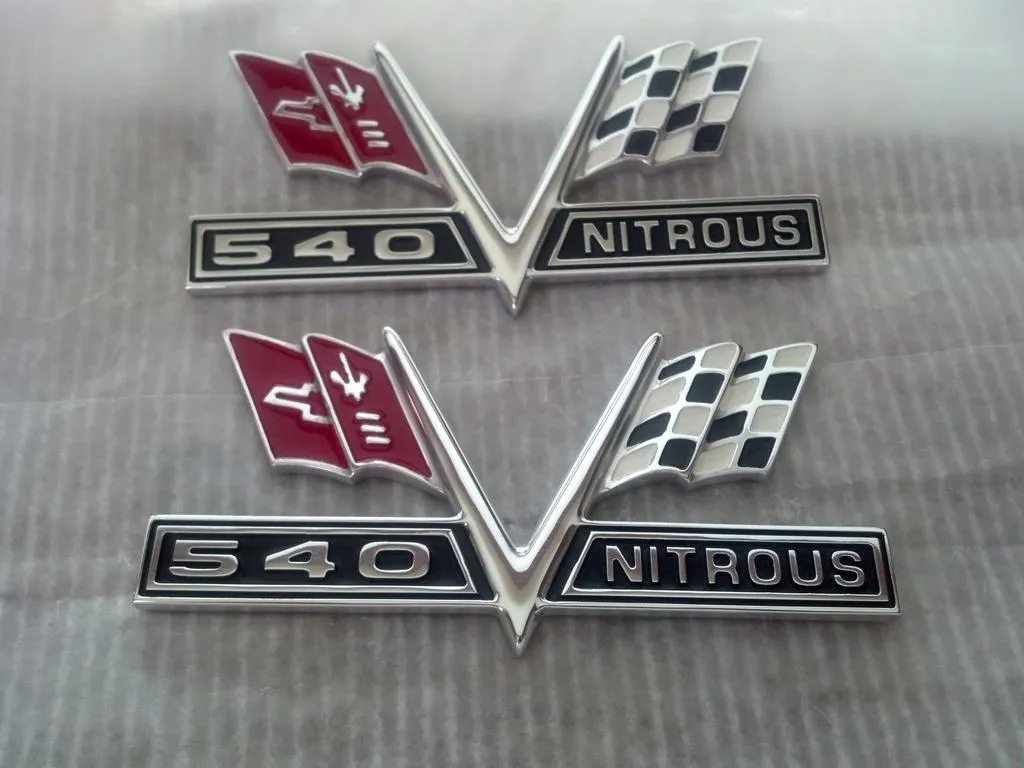
The diecasting process involves several key stages, from design to finishing, each critical to the final product’s quality. Understanding these stages ensures that the emblems meet the required specifications. Precise control over each step, including material selection, mold design, and casting parameters, is essential to produce emblems that effectively represent a brand. It ensures the longevity of the product, enhances its look and feel, and maintains brand recognition over time. Any deviation from the process can negatively impact the appearance, durability, and overall performance of the emblems, which would then fail to meet customer satisfaction and expectation.
Design Phase
The design phase is where the vision for the emblem takes shape. This stage involves creating detailed blueprints, 3D models, and prototypes, taking into account the required shape, size, text, logos, and any special features. Designers must consider the emblem’s intended application, the materials to be used, and the manufacturing constraints. The design phase is crucial for ensuring the emblem’s visual appeal and functionality, as well as its compatibility with the diecasting process. It is imperative to create a clear and precise design specification to make the following stages efficient. Careful attention to the design phase helps in creating emblems that perfectly represent a brand, with the added benefit of increased customer satisfaction.
Tooling Phase
Tooling involves creating the molds (dies) used in the diecasting process. This phase requires precision engineering, as the molds must withstand high pressure and temperature while accurately reproducing the emblem’s design. The quality of the tooling directly impacts the final product’s accuracy, surface finish, and overall appearance. The molds are typically made from hardened steel and are designed to allow for the injection of molten metal, as well as the ejection of the solidified emblems. The investment in high-quality tooling is crucial for ensuring that the diecast emblems meet high standards. Proper mold design also helps in streamlining the manufacturing process, reducing production costs, and increasing the efficiency of the operation.
Die Casting Phase

In the die casting phase, molten metal is injected into the mold under high pressure. This process ensures that the metal fills all the mold cavities, creating the detailed shapes and features of the emblem. The metal then solidifies, and the mold is opened to eject the finished emblem. The pressure, temperature, and cooling time are carefully controlled to ensure the emblem’s structural integrity and surface finish. This phase is where the design is physically realized, transforming the digital design into a tangible product. The efficiency and precision of this phase determine the production speed and quality of the emblems. It ensures that each emblem is produced consistently, providing uniform branding elements.
Finishing and Quality Control
After diecasting, emblems undergo various finishing processes to enhance their appearance and durability. These processes include surface treatments, such as painting, plating, and polishing, which are crucial for protecting the emblem from environmental factors and enhancing its aesthetic appeal. Quality control measures are implemented throughout the entire process to ensure that the emblems meet the required specifications. These checks help identify any defects or inconsistencies, ensuring that only high-quality emblems are delivered to the customer. Careful attention to finishing and quality control guarantees that the emblems not only look good but also perform well. These steps improve customer satisfaction, ensuring that the product represents the brand in the best possible way.
Surface Finishing Techniques
Surface finishing techniques play a crucial role in enhancing the appearance and durability of diecast emblems. Common techniques include plating, which adds a protective layer and enhances shine; painting, which provides color and design flexibility; and polishing, which creates a smooth, reflective surface. These processes can significantly improve the emblem’s resistance to corrosion, wear, and tear, making them more suitable for harsh environments. The choice of finish depends on the emblem’s intended application and aesthetic requirements, with options ranging from glossy and matte finishes to textured surfaces. Effective finishing enhances the product’s overall quality and visual appeal, improving customer satisfaction and perceived value.
Painting and Coating

Painting and coating provide both aesthetic and protective benefits. Painting allows for the application of colors, logos, and intricate designs, enhancing the emblem’s branding potential. Coatings offer an added layer of protection against environmental factors like UV rays, moisture, and chemicals. Various paint types and coating techniques are available, including powder coating, which offers a durable and scratch-resistant finish, and liquid painting, which provides greater flexibility in color and design options. The choice of paint or coating depends on the specific requirements of the emblem, ensuring that it retains its appearance and functionality over time. These steps are critical for maintaining the brand’s visual identity and ensuring that the emblems remain appealing and recognizable for years to come.
Polishing and Plating
Polishing and plating are essential finishing steps that enhance the visual appeal and durability of diecast emblems. Polishing removes imperfections and creates a smooth, reflective surface, giving the emblem a premium look. Plating involves applying a thin layer of another metal, such as chrome, nickel, or gold, to improve corrosion resistance and enhance shine. Plating also adds a layer of protection, extending the emblem’s lifespan. These processes can dramatically transform the emblem, making it more attractive and resistant to wear and tear. The right choice of polish or plating can ensure that the emblems not only look great but also maintain their appearance under heavy use. The correct choice of finish can enhance the overall customer experience and reinforces brand quality.
Quality Assurance
Quality assurance is an integral part of the diecast emblem manufacturing process, ensuring that the final product meets the required standards. This involves various checks, inspections, and tests to identify any defects or inconsistencies. Quality control measures include dimensional checks, visual inspections, and performance tests, such as adhesion and corrosion resistance tests. These measures help ensure that the emblems meet all necessary specifications, providing consistent quality and performance. Investing in quality assurance minimizes defects, reduces waste, and maintains customer satisfaction. A robust quality assurance program not only protects the brand’s reputation but also guarantees that the emblems meet the highest standards of quality and reliability, further improving the product’s performance.
Applications of Diecast Emblems

Diecast emblems are used extensively across various industries, providing a versatile and durable solution for branding, identification, and decorative purposes. Their ability to withstand harsh conditions and maintain their appearance makes them an ideal choice for applications where longevity and visual appeal are essential. From automotive badges to appliance logos, diecast emblems offer a premium finish that enhances product value and brand recognition. These emblems are designed to meet the diverse needs of different industries. Their design flexibility allows for customization options, making them suitable for various product designs and branding strategies.
Automotive Industry
In the automotive industry, diecast emblems are used extensively for vehicle badges, grilles, and interior trim. Their durability and resistance to weather and road conditions make them perfect for this application. Emblems such as car logos, model designations, and brand insignias are all commonly diecast. The premium appearance of diecast emblems adds to the perceived value of a vehicle, enhancing its aesthetic appeal. The ability to create intricate designs and incorporate fine details allows automotive manufacturers to create unique and recognizable branding elements. Diecast emblems’ longevity ensures that brand identity remains consistent throughout the vehicle’s lifespan, maintaining consumer trust.
Appliance Industry
Diecast emblems are used in the appliance industry for branding and decorative purposes on products like refrigerators, ovens, and washing machines. Their resistance to heat, moisture, and cleaning agents makes them ideal for these applications. Emblems are often used to display logos, model numbers, and operational instructions. The premium finish of diecast emblems enhances the product’s overall appearance, contributing to a higher perceived value. The durability of these emblems ensures that branding remains intact throughout the appliance’s lifespan, maintaining brand recognition and consumer satisfaction. Customization options allow appliance manufacturers to create unique branding elements that complement their product designs.
Furniture and Decorative Items
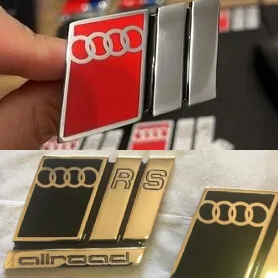
Diecast emblems are often used in furniture and decorative items to add a touch of elegance and brand identity. These emblems are used on items such as furniture hardware, decorative panels, and gift items. Their versatility allows for creating intricate designs and a variety of finishes, which makes them well-suited for enhancing the visual appeal of these products. The use of diecast emblems enhances the product’s perceived value and adds to its overall appeal. The durability and longevity of the emblems ensure that they continue to represent the brand effectively for years to come, maintaining consumer appreciation and recognition. The ability to customize these emblems enables designers to create unique pieces.
Benefits of Choosing Diecast Emblems
Choosing diecast emblems offers a multitude of advantages, making them a superior choice for branding and product identification. These emblems provide a combination of durability, design flexibility, and cost-effectiveness. Their ability to withstand harsh conditions while maintaining their appearance makes them a long-term investment for manufacturers. The ability to create intricate designs and finishes allows for unique brand representation, making them a versatile choice for various industries. Investing in diecast emblems leads to a superior product, enhancing customer experience and brand value.
Durability and Longevity
Diecast emblems are renowned for their exceptional durability and longevity. These emblems are manufactured using robust materials and processes, enabling them to withstand harsh environmental conditions, wear and tear, and exposure to the elements. The use of zinc, aluminum, or brass alloys ensures that the emblems maintain their appearance and structural integrity over time. The long lifespan of diecast emblems means that the brand remains consistent throughout the product’s lifespan, improving brand recognition and value. This long-lasting durability makes diecast emblems a cost-effective choice, minimizing the need for replacements and ensuring long-term customer satisfaction. It’s a reliable investment.
Design Flexibility
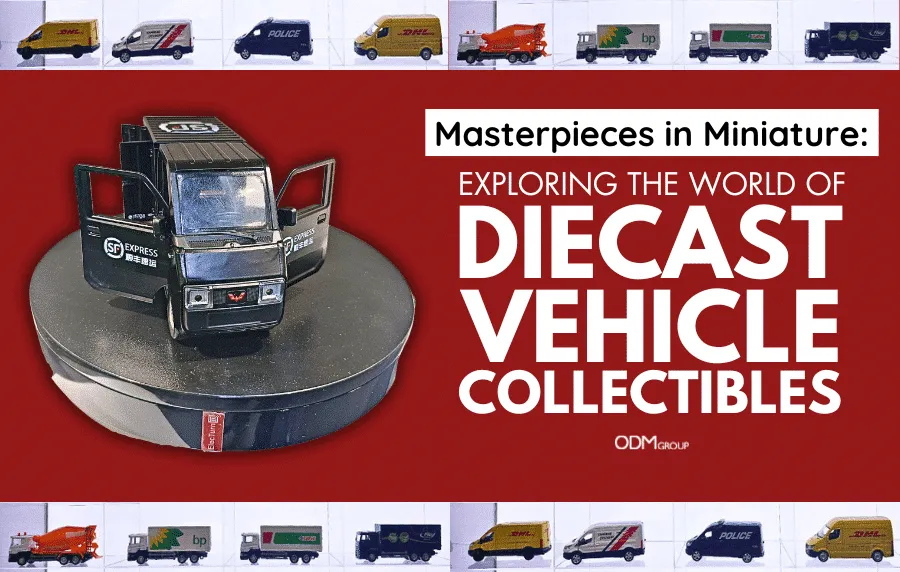
Diecast emblems offer unparalleled design flexibility, allowing for the creation of intricate and highly detailed designs. The diecasting process allows for the production of emblems in a wide range of shapes, sizes, and complex geometries. This flexibility allows designers to incorporate fine details, logos, and custom text, making them perfect for branding and unique product identification. The versatility enables the creation of emblems that meet the specific branding requirements of different industries. The design freedom enables the creation of emblems that perfectly represent the brand’s identity and values. It ensures that diecast emblems can be customized and tailored to meet specific needs.
Cost-Effectiveness
Despite their premium appearance and quality, diecast emblems can be a cost-effective solution for branding, particularly for large production runs. The diecasting process allows for the rapid and efficient production of emblems, reducing manufacturing costs. Once the initial tooling investment is made, the cost per emblem is relatively low, making them a smart investment for long-term branding. The durability and longevity of these emblems minimize the need for replacements, further reducing long-term costs. The ability to produce high-quality, custom emblems at a reasonable price makes diecast emblems an attractive option for many manufacturers looking for value. This makes them a smart, budget-friendly investment.
Customization Options for Diecast Emblems
Customization is a key aspect of diecast emblems, allowing manufacturers to create unique branding elements that perfectly align with their brand identity. A wide range of customization options is available, from variations in shape and size to the choice of colors, finishes, and the integration of logos and text. This level of personalization ensures that the emblems are not only visually appealing but also effectively communicate the brand’s message. The ability to create bespoke emblems allows brands to stand out from the competition. Customization is the most important aspect of diecast emblems, allowing for unique brand representation.
Shape and Size Variations
Diecast emblems can be produced in a vast array of shapes and sizes, providing design flexibility. The diecasting process allows for the creation of intricate shapes, from simple geometric forms to complex, custom designs. This versatility enables the creation of emblems that fit the specific product design and branding requirements. The ability to customize the size and shape ensures that the emblem integrates seamlessly with the product, enhancing its visual appeal. Custom shapes and sizes give brands a unique opportunity to express their personality. Shape and size variations ensure the emblem is both functional and visually appealing, making them effective for branding.
Color and Finish Choices
The selection of colors and finishes significantly impacts the overall look and feel of diecast emblems. Manufacturers can choose from a wide range of colors, including solid colors, metallic finishes, and custom color blends. Finishes such as polished, matte, or textured surfaces add further visual appeal. These options allow brands to align the emblems with their brand aesthetic, creating a cohesive look and feel. The choice of color and finish can be used to enhance product value and communicate quality. The ability to customize the color and finish ensures the emblems’ effectiveness in representing the brand. Color and finish choice is an important element for creating a powerful visual impact.
Logo and Text Integration
Integrating logos and text into diecast emblems is crucial for effective branding and product identification. The diecasting process allows for the incorporation of intricate logos, brand names, and custom text with precision. This enables the creation of emblems that clearly communicate the brand’s message and identity. The ability to integrate logos and text ensures that the emblems are recognizable and memorable. This is important for maintaining brand recognition and increasing customer loyalty. The customization options enhance the overall impact of the emblems, making them powerful tools for branding.
Tips for Designing Effective Diecast Emblems
Designing effective diecast emblems involves careful consideration of several factors, ensuring that the final product is not only visually appealing but also functional and durable. Taking into account the emblem’s intended application, choosing the right materials, focusing on visual appeal, and ensuring clear branding are all important aspects. The design phase is crucial for creating emblems that represent a brand in the best possible way. Effective design tips ensure that the emblems meet the desired standards, which helps improve the overall product quality. Applying these principles helps in creating emblems that stand out and provide a lasting impression.
Consider the Application
Consider the application of the emblem to inform the design. This involves understanding the environment the emblem will be exposed to, the product it will be attached to, and the expected lifespan. The application influences material selection, design features, and the type of finish required. Understanding the intended use helps to ensure that the emblem meets all functional and aesthetic requirements. Consideration of the application is crucial for creating emblems that are durable, visually appealing, and suitable for their intended environment. Choosing the right finish and material will ensure a long-lasting impact on the product.
Choose the Right Materials
Selecting the right materials is crucial for the durability and appearance of diecast emblems. Consider the environmental conditions the emblem will be exposed to, such as temperature, humidity, and exposure to chemicals or UV light. The choice of material affects the emblem’s corrosion resistance, wear resistance, and overall lifespan. Choosing the right material will help ensure that the emblems maintain their appearance and functionality over time. The proper selection also influences the finishing options. The longevity and performance of the emblem hinge on careful material selection, which makes it crucial for the manufacturing process.
Focus on Visual Appeal
Focusing on visual appeal is essential for creating an emblem that effectively represents the brand. This involves paying attention to the design, the color scheme, and the finish. A well-designed emblem should be visually appealing, memorable, and consistent with the brand’s identity. Consider the use of colors, textures, and finishes that complement the product. Ensure that the design is clear, concise, and easy to read, even at a distance. A focus on visual appeal ensures that the emblem captures the attention of potential customers and reinforces brand recognition. Creating a memorable emblem improves its ability to represent the brand effectively, which will increase customer satisfaction.
Ensure Clear Branding
Ensure that the emblem clearly communicates the brand’s message and identity. The logo, brand name, or any other identifying elements should be easily recognizable and legible. Avoid cluttering the design with excessive details, which can make it difficult to read and understand. Make sure that the emblem is consistent with the brand’s overall style and guidelines. Clear branding helps reinforce brand recognition, build trust, and create a positive customer experience. Clear and concise branding ensures that the emblem effectively represents the brand. The clarity of branding is critical for the success of the product.
Conclusion: The Future of Diecast Emblems
Diecast emblems will continue to be a valuable tool for branding and product identification across industries. Advancements in materials, design technologies, and manufacturing processes will continue to enhance the capabilities and appeal of these emblems. Future trends will likely include more innovative designs, sustainable manufacturing practices, and the integration of smart technologies. These advancements will enable brands to create emblems that are not only visually stunning but also more functional and environmentally responsible. Diecast emblems will continue to evolve. Brands that embrace these advancements will be better positioned to meet future demands and remain competitive in the market.
